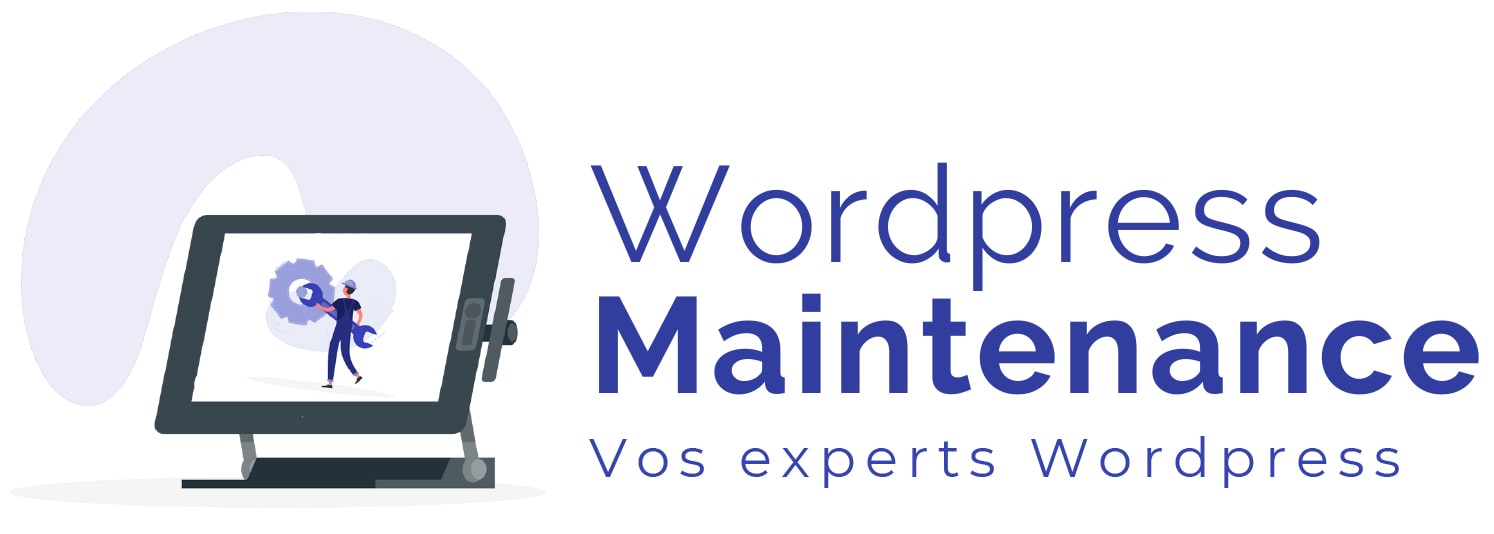Introduction
A WordPress blog is a great tool for sharing your thoughts, ideas and knowledge with the world. However, making sure your blog is easy to read is essential to attracting and retaining visitors. There are several tricks you can use to improve the readability of your WordPress blog. These tips include using punchy headings and subheadings, optimizing the length of your paragraphs, adding relevant images, increasing your site's loading speed, and much more. In this article, we'll explore these tips in detail to help you make your WordPress blog more readable and attractive to your readers.
Discover our offers for WordPress website maintenance
Choose a Clean and Clear Blog Theme
The first step to making your WordPress blog more readable is to choose a clean, clear theme. A cluttered theme can distract your readers from focusing on your content. A theme with a minimalist design, clear fonts and an intuitive layout can help improve your blog's readability. For example, the "Twenty Twenty" WordPress theme is a great option for those looking for a simple, uncluttered design.
Use Legible Fonts
Choosing the right font can have a significant impact on the readability of your blog. We recommend using sans-serif fonts for body text, as they are generally easier to read on screens. Fonts like Arial, Verdana and Helvetica are excellent choices. For headlines, you can opt for a serif font to add style and personality to your blog.
can have a significant impact on the readability of your blog. We recommend using sans-serif fonts for body text, as they are generally easier to read on screens. Fonts like Arial, Verdana and Helvetica are excellent choices. For headlines, you can opt for a serif font to add style and personality to your blog.
Optimize the layout of your content
The way you organize your content can also influence the readability of your blog. Make sure your paragraphs aren't too long, and use subheadings to divide your content into digestible sections. Bulleted and numbered lists are also useful for presenting information clearly and concisely.
Use images to break up text
Images can help make your content more attractive and break up long blocks of text. However, make sure your images are relevant to your content and don't distract readers from your main message. It's also important to optimize the size of your images to ensure that your blog loads quickly.
Integrate Social Sharing Buttons
Social sharing buttons can help increase engagement on your blog and reach a wider audience. You can use WordPress plugins to easily add social sharing buttons to your blog. This article provides a step-by-step guide on how to add floating social sharing buttons to WordPress.
Improve Your Blog Navigation
Intuitive navigation can help your readers easily find the content they're looking for, which can improve their overall experience on your blog. Make sure you have a clear navigation bar at the top of your blog with links to your most important pages. What's more, adding a search engine to your blog can help your readers find specific content more quickly.
Conclusion
In summary, to make your WordPress blog more readable, you need to pay particular attention to your blog design, font choice, content layout and navigation optimization. And don't forget to integrate social sharing buttons to increase engagement on your blog. With these tips, you can significantly improve the readability of your blog and offer your readers a better experience.

1. Use subheadings: Add H2, H3, etc. tags to your content to make it more readable and scannable. This also makes it easier for Google to understand what your page is about.
2. Create short paragraphs: Long blocks of text can be intimidating and difficult to read. Try to keep your paragraphs to 2-3 sentences.
3. Use a legible font: Choose a clear, easy-to-read font, such as Arial or Times New Roman. Avoid using too many different fonts on your site, as this can make it cluttered and difficult to read.
4. Use bulleted or numbered lists: If you're presenting several points or ideas, use bulleted or numbered lists to organize them.
5. Increase line spacing: A dense line of text can make reading difficult. Increasing line spacing (also known as "line spacing") can improve legibility.
6. Use images and videos: Images and videos can make your content more engaging and easier to understand.
7. Add internal and external links: This helps improve site navigation, as well as SEO.
8. Use contrasting text and background colors: High contrast between text and background makes reading easier.
9. Highlight important information: Use bold, italics, quotes, etc. to highlight key information.
10. Use quotes: Quotes can be a great way to emphasize an important point or add authority to your content.
11. Enable comments: Allowing readers to comment on your articles can encourage discussion and increase engagement.
12. Make sure your site is responsive: A responsive site will adapt to the visitor's screen size, meaning it will be equally readable on a desktop, tablet, or smartphone.
13. Test different font sizes: Not everyone reads the same way. Some people might prefer a larger font size, while others might prefer a smaller one.







